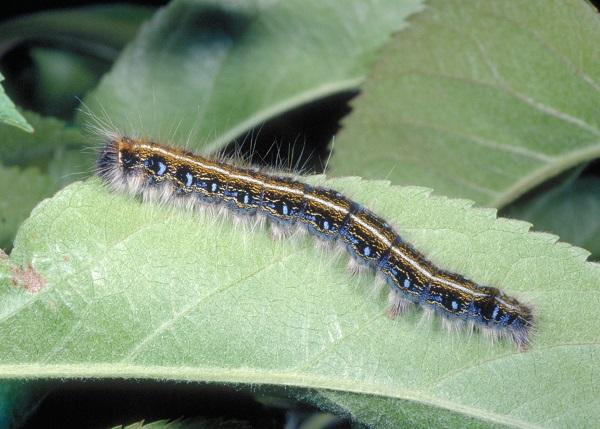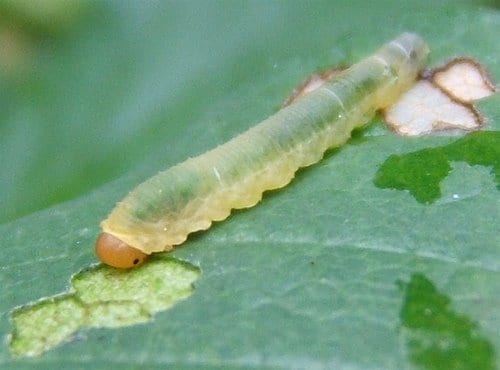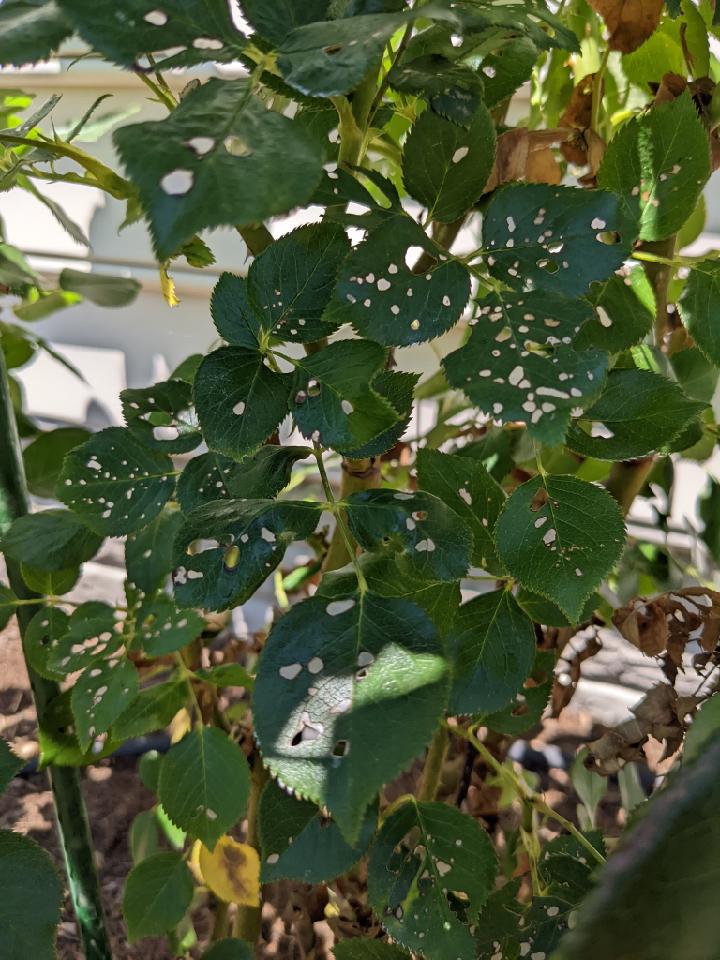Early Summer Pests In Delaware
Eastern Tent Caterpillar:
The eastern tent caterpillar overwinters as an egg. These masses are covered with a shiny, black varnish-like material and encircle branches that are about pencil-size or smaller in diameter. The caterpillars hatch about the time the buds begin to open, usually in early March. They emerge to feed on leaves in the early morning, evening, or at night when it is not too cold. The larvae are hairy caterpillars, black with a stripe down the back, brown and yellow lines along the sides, and a row of oval blue spots on the sides. We see tent caterpillars mostly on the native wild cherry but be sure to check all fruit trees and river birches. Our systematic insecticide during our early summer application will control this pest.

Spider Mites:
Nearly invisible to the naked eye, spider mites reproduce a new generation in 7 days. Generations overlap giving room for severe infestations that threaten the mortality of plants. They cause stippling, or the fading of leaf color caused by numerous, tiny yellow spots where sap was extracted. Early signs of spider mites could be noticing small yellow or white spots on the needles or top of the tree leaves, a bronze or yellow appearance in single or multiple areas of a tree, and even noticing silky webs present around tree stems and leaves.

Roseslug Sawfly:
These small green worms feed on the leaves of roses from late April to early June. They create small holes in the leaves until foliage is formed. Damage caused by roseslug sawfly larvae is cosmetic and will not have serious long-term affects on rose plants. However, the damage can severely reduce the aesthetic value of the shrubs. Our plant care technician can address roseslug sawfly by applying an environmentally friendly horticultural oil which protects beneficial insects.


